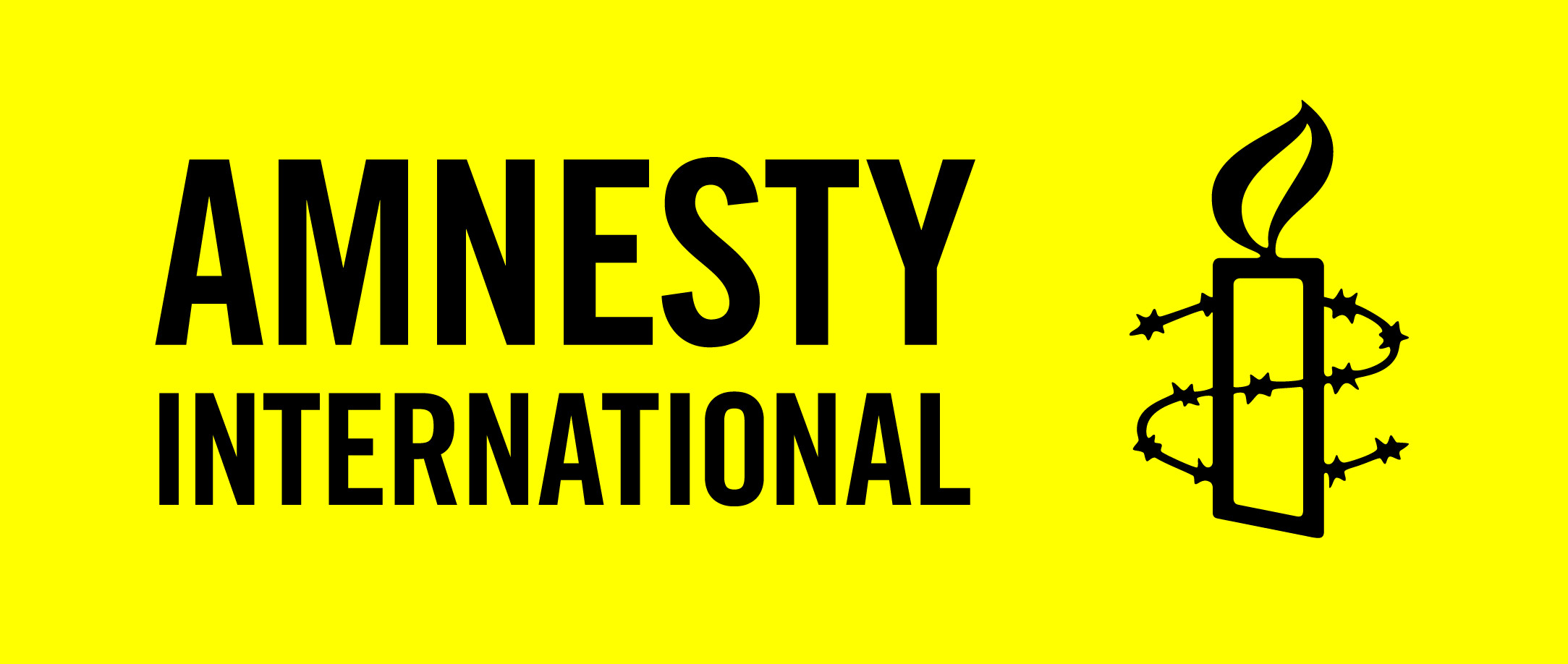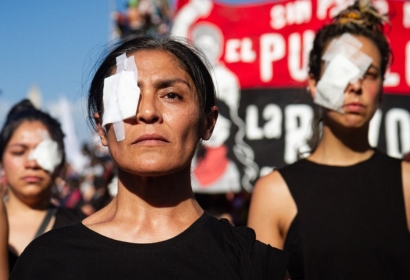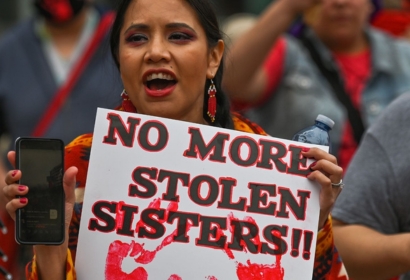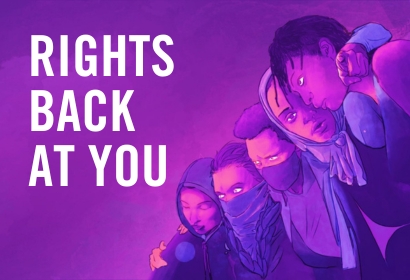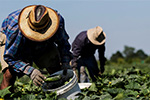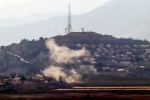“Indigenous peoples have the right to redress, by means that can include restitution or, when this is not possible, just, fair and equitable compensation, for the lands, territories and resources which they have traditionally owned or otherwise occupied or used, and which have been confiscated, taken, occupied, used or damaged without their free, prior and informed consent.” – Article 28, UN Declaration on the Rights of Indigenous Peoples
The Kanienkahaka community on the edge of Lake Ontario, has about 8,000 members on and off-reserve. The Mohawks are considered the easternmost Nation within the Haudenosaunee Confederacy and as such are referred to as the Keepers of Eastern Door. In early March, chief and council declared a state of emergency in the territory due to residents being at greater risk from Covid-19 particularly from pre-existing medical conditions and other risk factors. It was determined that the community did not have adequate resources to slow the spread of the virus and that the existing healthcare infrastructure would not be able to care for large numbers of people if hospitalization was needed. Community members were asked to self-isolate and remain within the territory.
Stacia Loft received her Juris Doctor from Queen’s University in January 2020, and a Bachelor of Arts, Hons. from the University of Western Ontario in 2004. Stacia is Kanyen’keha:ka from Tyendinaga Mohawk Territory. Stacia served as an elected Band Councillor from 2015 to 2019 and is currently a legal intern at Ma’at Legal Services. Stacia began her career supporting Indigenous youth program development, delivery and management. She has held leadership roles on local, provincial and federal boards and advisory tables. Stacia has been selected to article with Amnesty International and will take the bar in 2020.
The Kanienkahaka were allies of the British during the American Revolution; after Britain’s defeat, they were forced to cede their traditional homelands in the Mohawk Valley of what became New York state. The British Crown compensated the Kanienkahaka for their allegiance by offering land in Upper Canada. A group of Mohawk selected the Bay of Quinte because it was said to be the birthplace of the Great Peacemaker, one of the founders of the Haudenosaunee Confederacy in the 12th century. In 1784, the group of 20 Mohawk families arrived at Tyendinaga. Under an arrangement known as the Simcoe Deed; the Tyendinaga land tract was formally set aside.
This 92,700-acre tract of land was legally recognised by the British Crown, and eventually by the Government of Upper Canada. A wave of loyalists soon settled in the Bay of Quinte region, and the government granted many of them land in the Tyendinaga Tract; two-thirds of the Kanienkahaka Simcoe Deed lands were appropriated. Additional land appropriation has reduced the land base today to just 18,000 acres.
Amnesty International Canada has a long relationship of working with the people of Tyendinaga advocating for human rights. To read about some of that work please see:
Amnesty International Calls for Public Review of Police Handling of Tyendinaga Mohawk
Open letter: Amnesty International visits Tyendinaga urges Trudeau to act on reconciliation
One Dish One Spoon
The land of the Simcoe Deed is part of an important peace treaty, known as the One Dish One Spoon Treaty, which is an agreement between the Anishnaabeg and the Haudenosaunee. The treaty acknowledges that the nations live and eat from the same dish: the shared lands and waters and ecological relationships between their territories. The treaty promotes peace and requires regular renewal of the relationship through coming together and being in ceremony.
TAKE ACTION
Advocate for the federal government to respect Indigenous rights and ensure every community has the resources they need.
